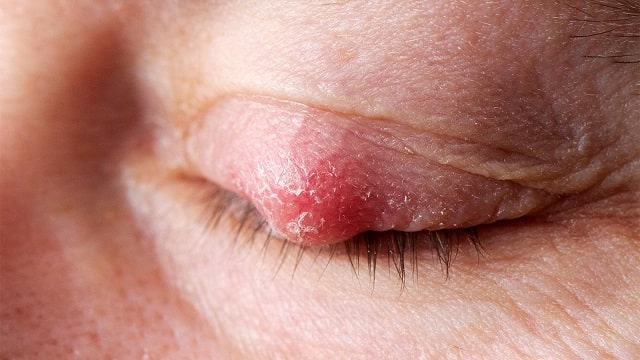Ever heard of Chalazion? This disease occurs when small glands in the eye experience fluid buildup and form lumps. The glands are called meibomian glands, which are located on the inner surface of the eyelids. These glands are responsible for producing fluid that then mixes with tears, which function to protect and moisturize the eyes.
Chalazion begins when a meibomian gland becomes blocked, which then develops into a lump. This condition can happen to anyone. However, there are several factors that can increase the risk, namely:
- Certain skin conditions, such as rosacea or seborrheic dermatitis.
- Blepharitis, which is inflammation of the edges of the eyelids.
- Diabetes.
- Have had chalazion before.
Disturbing Symptoms
The lumps that form in the case of chalazion can appear on the lower eyelid, or even both eyes. The lumps are usually small, around 2-8 millimeters. Sometimes, the number of lumps that grow on the eyelid can be more than one, so that the eyelid looks unevenly swollen. This condition is called chalazion.
Apart from lumps, other symptoms that may accompany it are:
- Eyelids are swollen.
- A feeling of discomfort or discomfort.
- The skin around the eyelids is red.
- Watery eyes.
- Mild pain or irritation.
- A large enough lump can press on the eyeball and cause blurred vision.
Although it rarely causes complications, if the fluid in the lump becomes infected and spreads throughout the eyelid and surrounding tissue, this condition can trigger orbital cellulitis. This condition causes the eyelid to become red and very swollen, so that the sufferer cannot open their eyes, feels severe pain, and has a fever.
Can Be Treated with Home Care
Chalazion rarely requires special medical treatment. Most people with chalazion can recover without treatment within 2-6 months. There are several steps that can be taken to help the healing process of chalazion, namely:
- Warm water compress. Use a flannel or small towel that has been soaked in warm water, then compress it gently to the eyelid for 5-10 minutes. Do the compress regularly 3-4 times a day. The warmth and slight pressure to the lump can reduce the feeling of obstruction on the eyelid and moisturize the surface of the lump.
- Gentle massage. Gently massage the lump after compressing it with warm water. This step is done to remove fluid from the lump. Make sure your hands are clean before massaging, or use a cotton bud.
- Clean your eyelids at least twice a day to remove oil and dead skin cells that cause fluid to form inside the bumps.
If the lump does not go away with home care, your doctor may recommend minor surgery. This chalazion surgery procedure is performed under anesthesia, usually local anesthesia. After the eyelid is numb, the eye doctor will make a small incision in the surface area of the lump to drain the fluid. The doctor will prescribe antibiotic eye drops or ointment to use during the healing period after surgery.

